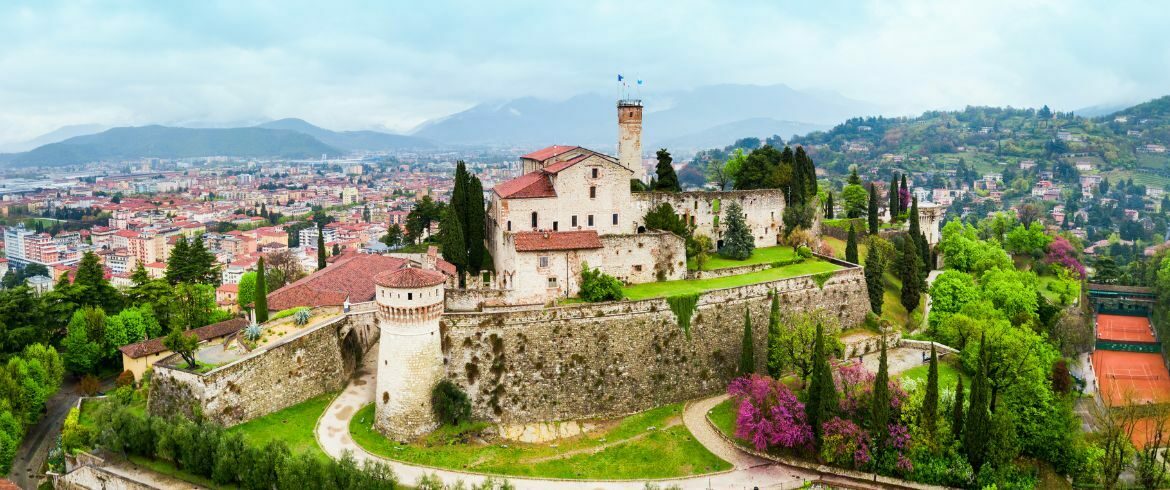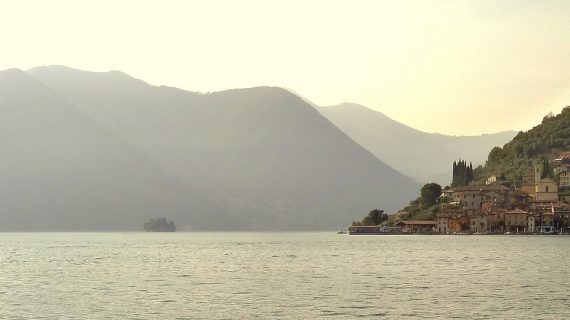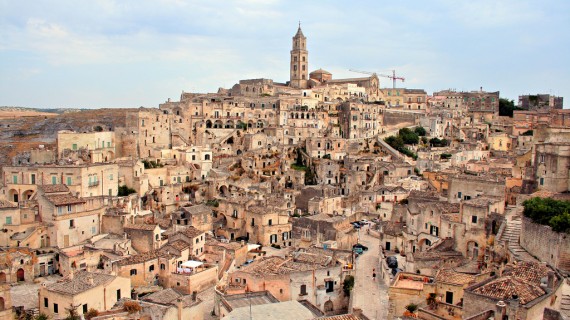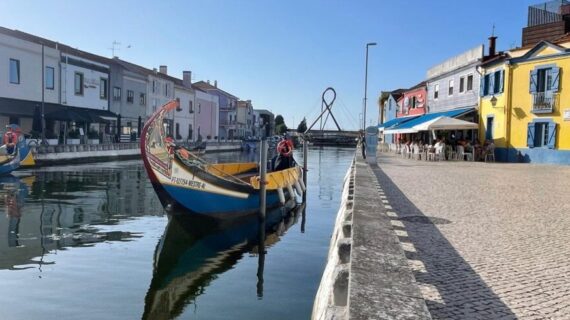From the history preserved in the many museums, to the innovation of the suburbs. From the beauty of ancient monuments, to the vibrant colors of the murals… Brescia is an ancient but living city, waiting to be discovered!
Brescia together with Bergamo will be the capital of Italian culture for 2023. The symbol of Brescia is Vittoria Alata. It is a female figure of the first century A.D. which is one of the most important bronze artworks of the Roman era.
This statue was loved by many adults and among others by Napoleon III who even wanted a copy. But it was also celebrated by Carducci who in his Ode “Alla Vittoria Alata” called it the Lioness of Italy.
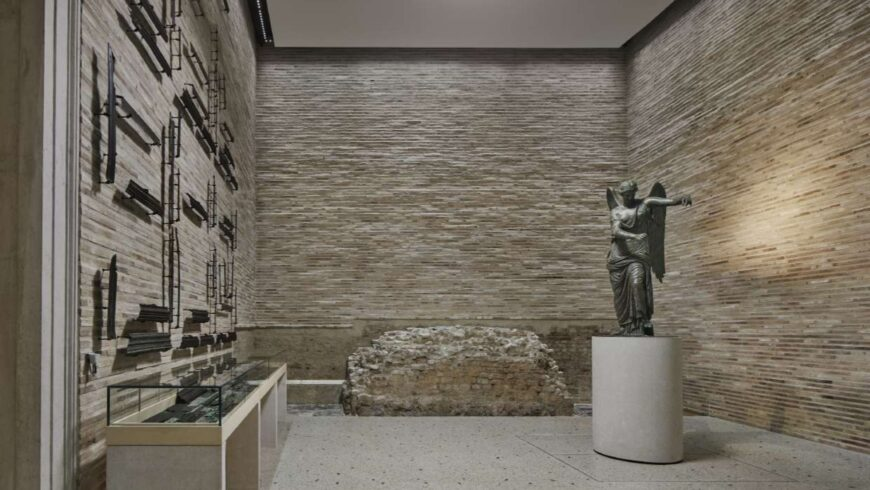
The “Vitttoria Alata”, or Winged Victory is located inside the Capitoline Temple (and this is where my trip starts) or the Roman Brixia. It is the archaeological area that is also a UNESCO World Heritage Site and the largest Roman forum in northern Italy. This exhibition space set up by the Spanish architect Juan Navarro Baldeweg is definitely worth a visit.
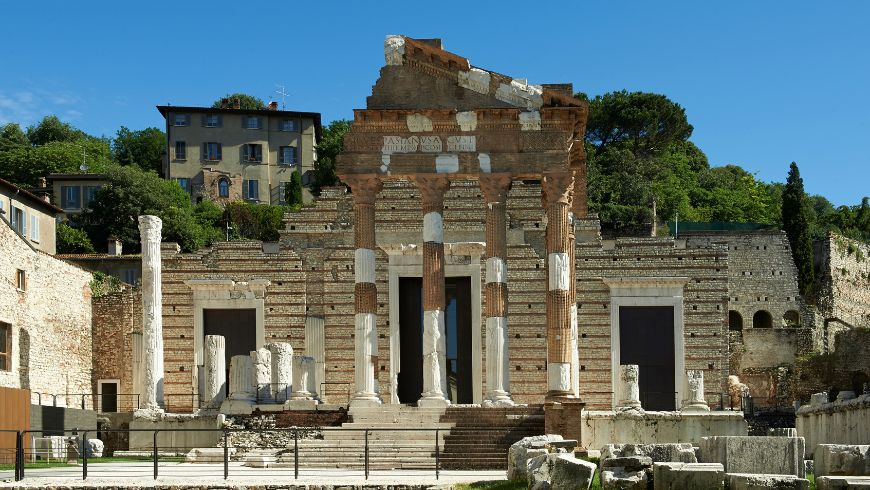
But here you can also admire a Theatre of the I-III century d.C. There are also the remains of a Sanctuary of the Republican Age and the paved of the maximum decumanus which is the “old” path on which today the street of the Museums develops.
Santa Giulia, a World Heritage Site
Then, if you follow that same road, you reach Santa Giulia, which is also declared a World Heritage Site. We are talking about a wonderful monastic complex of 14,000 square meters that dates back to the Lombard era and that contains treasures of inestimable value. And just a few examples are: the Choir of Nuns entirely frescoed, the Church of San Salvatore, which is an invaluable testimony of the religious architecture of the early Middle Ages and last but certainly not least in importance, The Oratory of Santa Maria in Solario with the Cross of Desire (dates back to the 8th and 9th centuries) with a myriad (over two hundred) of gems and cameos.
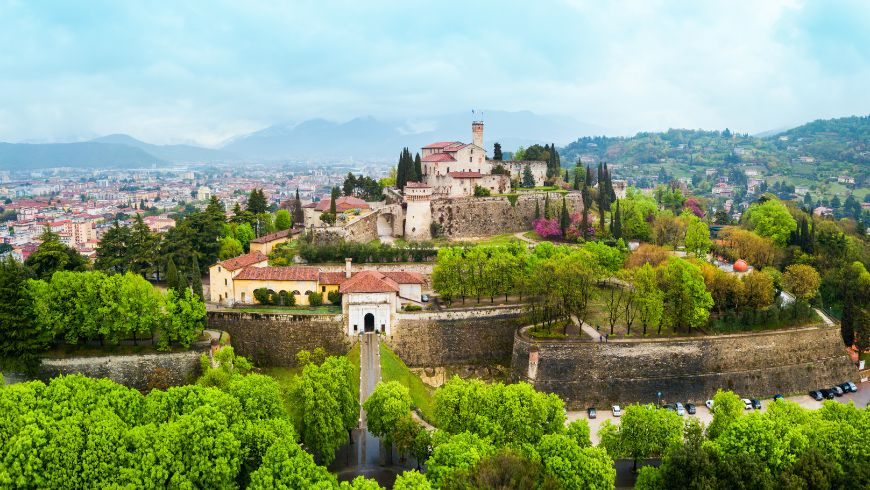
I continue on foot, towards the north, from Santa Giulia and arrive without much effort at the Castle. The Castle is a fortified work that rises on the Cidneo hill. It currently houses both the Museum of the Risorgimento and the Museum of Weapons.
Brescia’s Historic Centre
If, instead, I retrace my steps I arrive in the center of Brescia with the wonderful Piazza della Loggia that is the “good living room of the city” that reminds me of Venice and, perhaps, and without false modesty I believe I am not wrong to make this comparison since Brescia has been “under” the domain of the Serenissima for some time.

On this square I find on one side the Palazzo della Loggia which is recognizable by its white marble facade. The Palace was built between 1492 and 1570 thanks to Sansovino and Palladio.
On the opposite side, however, is the Clock Tower. It dates back to the sixteenth century with the two automatons that beat the hours on the bell. On this tower, there is also an astronomical quadrant that is a real marvel of art and technique a few. Undoubtedly, however, this square also recalls the serious attack of 28 May 1974 in which 8 people lost their lives and more than 100 were injured.
Piazza della Vittoria and Piazza del Mercato
I continue, then, my trip to Piazza della Vittoria. The place is famous for the presence of one of the first skyscrapers of the architect Piacentini although the whole square is still dotted with several of his works.
Walking through the alleys of Brescia, you arrive at Piazza del Mercato. Here, every morning there is the fruit and vegetable market.

Now it’s time for a little break and so I head towards Piazza Papa Paolo VI. Then I sit at one of the many tables of the bars that are here and from which I can admire both the Duomo Vecchio and the Duomo Nuovo. Yes, in Brescia there are even two Duomo’s. The Old one is in Romanesque style with a circular plan and whose drum is one of the few of this type remained in Italy. While the New Cathedral is also called the Cathedral of Santa Maria Assunta and was made in over two hundred years namely from the seventeenth to the nineteenth century.
Down to the Church and the District of Carmine
Another noteworthy church is the Church of San Francesco in clear Gothic Romanesque style that was frescoed by students of Giotto and Romanino. This church with its pink marble cloister of Verona is a real wonder!!
In the district of Carmine there is a church that has undergone alternating events. I’m talking about the church of Saints Philip and James. After being deconsecrated it is now the seat of exhibition spaces and concerts organized by the C.AR.M.E association. This area is really very special thanks to the many murals that characterize it and many beautiful craft shops.
If you still have a bit of time a visit is also worth the industrial outskirts of Brescia. In particular the one called “Milan District”, where you can find furniture shops, restaurants and art galleries.
The visit could continue among the landscapes rich in beauty and nature of the surrounding area. From Lake Garda to Lake Iseo, from Valle Sabbia to Val Camonica… with a stop in eco-friendly accommodation.
Cover image: photo via Canva PRO
